Development of non-Cartesian imaging method for high-speed imaging
In order to reduce the MRI imaging time, we have been studying data acquisition methods.
Cartesian imaging, which collects data orthogonally in frequency space, is commonly used in MRI systems. On the other hand, non-orthogonal Cartesian imaging can shorten the imaging time, reduce body motion artifacts, and is superior to Cartesian imaging in the detection of tissue with short relaxation times. However, non-Cartesian imaging has the disadvantage of being significantly affected by hardware imperfections such as magnetic field inhomogeneity and eddy currents.
In response to this, we decided to compensate for this during image reconstruction by predicting the output of the MRI system, rather than optimizing the hardware. For example, we are developing a field camera system for a 1.5T superconducting magnet MRI system that can measure in real time the magnetic field inhomogeneities and fluctuations caused by hardware imperfections. We are also investigating the characteristics of a 0.2T permanent magnet MRI system by measuring the gradient impulse response function (GIRF) of the gradient field coil. By combining these measurements with non-Cartesian imaging such as radial scan and spiral scan, we are trying to improve the imaging speed.
担当:小林,中尾
文責:中尾
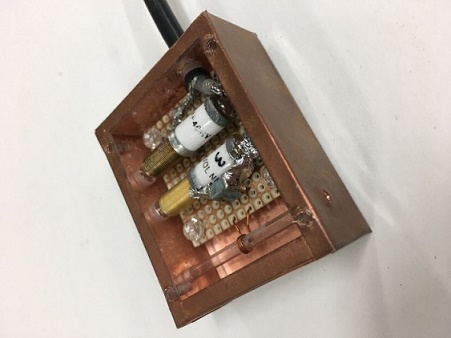
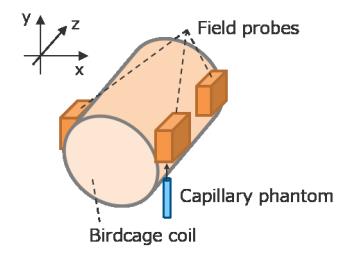
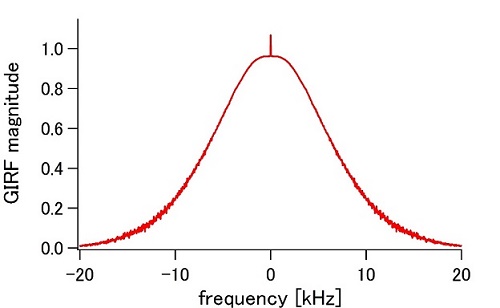
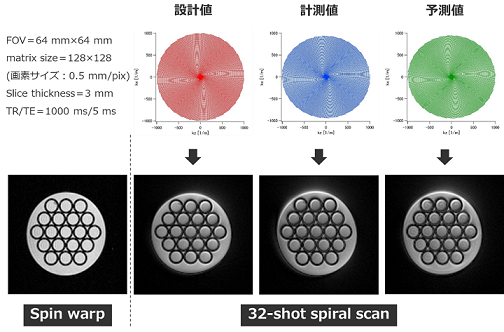
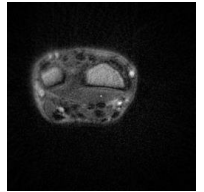
ラジアル収集にて撮像(左手首